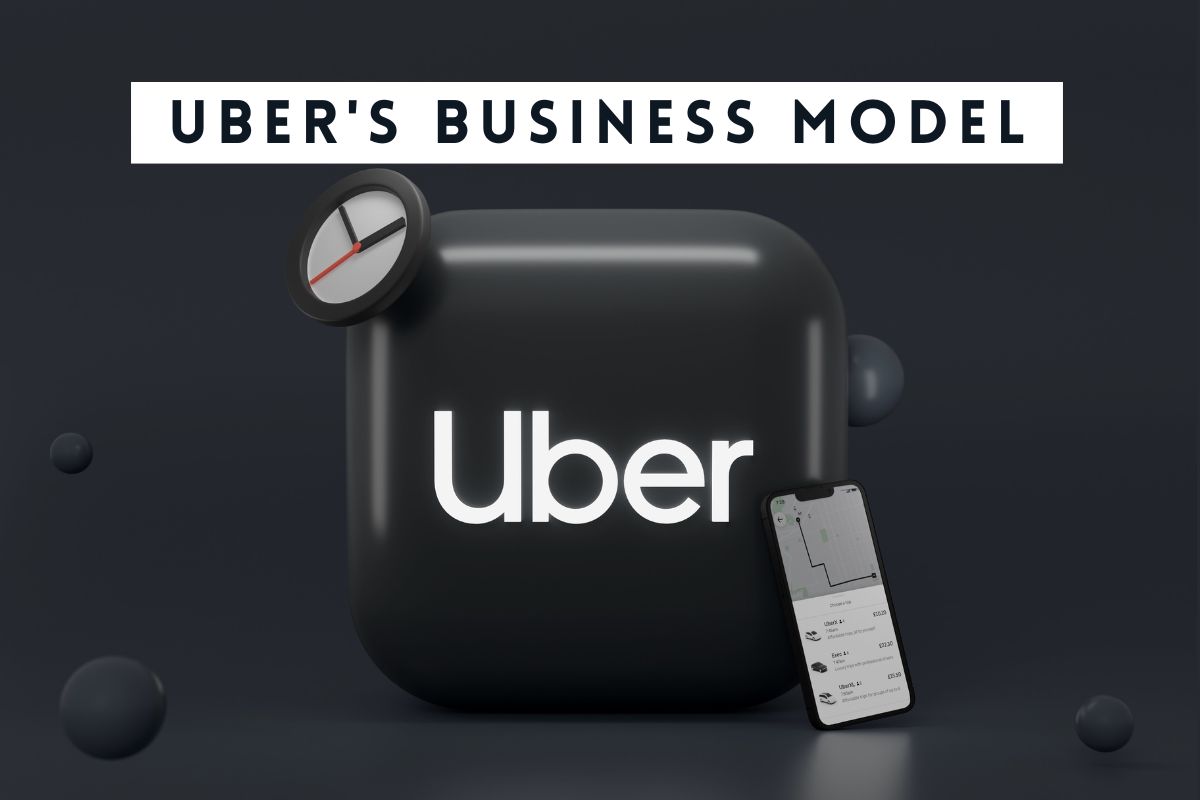Table of Contents
ToggleDisrupting Transportation: A Deep Dive into Uber’s Revolutionary Business Model
Uber has revolutionized the transportation industry with its innovative business model. In this article, we’ll dive deep into Uber’s business model and how it has transformed the way people commute.
Let’s take a closer look at the different aspects of Uber’s business model, including its customer segments, value proposition, channels, key resources, revenue streams, and cost structure.
Customer Segments: Passengers and Drivers
Uber has two main customer segments: passengers and drivers. Passengers are people who require rides, while drivers are independent contractors who offer their services through the Uber platform. Unlike traditional taxi companies, Uber doesn’t employ drivers directly but rather acts as a matchmaker between drivers and passengers.
Value Proposition: Convenient, Cost-effective, and Cash-free
Uber’s value proposition is based on the promise of providing customers with a taxi when they need it and giving drivers the opportunity to earn money when they want to work. This is a significant departure from traditional taxi operations, where supply and demand can be disjointed, leading to long wait times and frustrated customers.
Uber’s technological platform allows it to respond quickly to market demand, making it easy for passengers to get a ride within minutes. The cash-free payment system also adds to the convenience of using Uber. Additionally, the app’s automation and efficiency make the customer experience seamless and straightforward.
Channels: Mobile App, Email Marketing, Social Media, and Earned Media
Uber’s primary channel is its mobile app, which is the most convenient way for passengers to request rides and for drivers to receive requests. The company also uses email marketing and social media to reach out to customers and promote its services. However, Uber’s most powerful channel is word-of-mouth and earned media. People love to talk about their experiences with Uber, and the company has managed to leverage this to its advantage.
Key Resources: Technology, Pricing Algorithms, and Routing
Uber’s key resources include its technology platform, which enables drivers and passengers to communicate and coordinate easily. The platform’s pricing algorithm is a crucial resource, matching supply and demand while adjusting pricing to balance the two. The routing system is another key resource, allowing Uber to reduce journey times and get the closest cab to the passenger as quickly as possible.
Revenue Streams: Pay-per-Ride Model
Uber’s revenue stream is based on a pay-per-ride model. Passengers pay for the duration of their ride, and the pricing algorithm calculates the fare based on the distance, time, and demand. Uber takes a commission from each fare, and the rest goes to the driver.
Cost Structure: Platform Development and Driver Acquisition
Uber’s most significant costs are in platform development, including technology, infrastructure, and maintenance. However, these costs are amortized over millions of rides, making each ride’s cost minimal. Uber also incurs costs in driver acquisition, including background checks, vehicle inspections, and driver onboarding.
Conclusion
In conclusion, Uber’s innovative business model has disrupted the traditional taxi industry by leveraging technology, convenience, and cost-effectiveness. By focusing on its customer segments, value proposition, channels, key resources, revenue streams, and cost structure, Uber has managed to create a platform that benefits both passengers and drivers. While Uber still faces challenges from local authorities and competition from other ride-sharing services, its ability to adapt and innovate has ensured its continued success.
Additional Resources
To keep learning and advancing your career, we highly recommend these additional resources:
Google’s Business Model: How it Works for Users and Advertisers
Audible’s Business Model: Disrupting the Audiobook Industry
Tencent’s Business Model: A Look at China’s Leading Tech Giant
IBM’s Business Model: Analysis of the Tech Giant’s Operations
Amazon’s Business Model: From Click to Doorstep
Tesla’s Business Model: An Analysis of Their Unique Approach to Sustainable Transportation
Airbnb’s Business Model: How Does Airbnb Make Money
TikTok’s Business Model: How the App Attracts Gen Z and Brands
Microsoft’s Business Model: How the Tech Giant Makes Money
Spotify’s Business Model: How Spotify Became the King of Music Streaming












